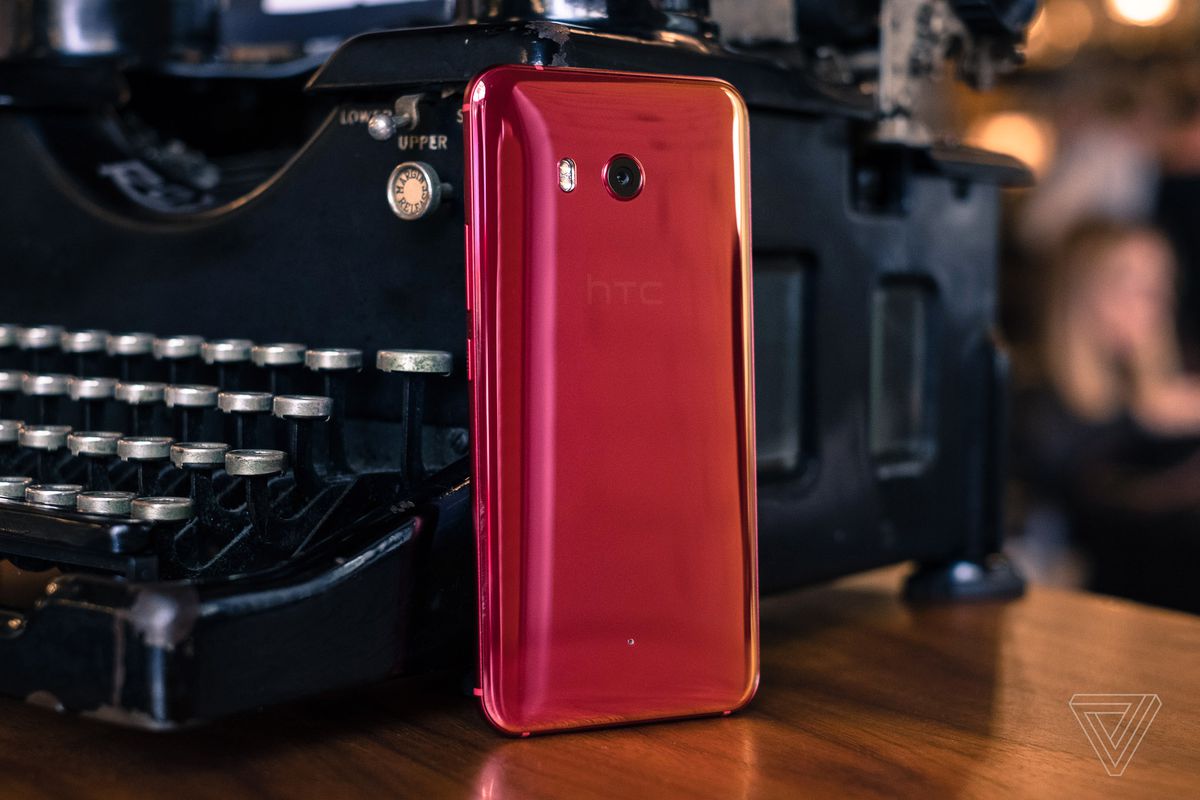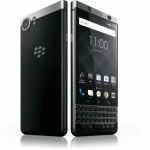/cdn.vox-cdn.com/uploads/chorus_image/image/55923973/20170727_htc_u11_red_vladsavov00115.1501170493.jpg)
There was once a time, before Samsung’s meteoric rise to the top of the smartphone sales charts, when HTC was the leading innovator among Android phone makers. The Taiwanese company was first to have a 4.3-inch screen, first to have an aluminum unibody phone, and was simply the best when it came to design and refinement. The HTC Hero, Legend, Droid Incredible, and Sensation were standard-setting devices even before we got the timeless HTC One X. HTC was the Apple of the Android world, or at least the closest analog we had.
But the past few years have not been as fruitful for HTC, which has produced a series of beautiful disappointments. This year’s U Ultra was another compendium of bad ideas, and I was just about ready to admit to myself that HTC would never again return to its glorious position of leadership. And then this fiery red U11 landed on my desk.
/cdn.vox-cdn.com/uploads/chorus_asset/file/8941159/20170727_htc_u11_solarred_vladsavov00112.jpg)
I call it red, but this particular variant of the HTC U11 — officially branded as Solar Red — is better described as having the color of fire. It’s never one single tint of anything: there are yellows, pinks, various tones of orange, all dancing across the rear glass cover in response to the light. The metal frame is a darker shade of red that contrasts fantastically well with the lighter glass, making for a sophisticated, deeply intriguing appearance.
Looking at the rear of the U11 straight on, it appears mostly pink. Turn it on its side, and the rear glass taken on a golden hue. But because that glass has a gentle curve to its sides, you never see a flat color, and the sloping edges appear as if they’ve been burnished into a lighter tint. I love this look for its playfulness and absolute uniqueness among smartphones — it reminds me very much of the color-shifting paint job on the Mercedes AMG-GT Concept I saw at the Geneva Motor Show this year.
/cdn.vox-cdn.com/uploads/chorus_asset/file/8941165/20170727_htc_u11_solarred_vladsavov00114.jpg)
I thought the smartphone design race was mostly over, with everyone from Apple through Motorola, OnePlus, and even LG being a winner with mature, thoughtful, functional designs. But HTC has brought back design as a differentiator with the U11: I feel drawn to this phone, I want it in my hands and in my life.
But HTC’s masterpiece of warm colors would be for naught if the phone itself didn’t work well, and my cautious enthusiasm spilled over into outright delight when I found the U11 to be excellent in operation. It’s unerringly smooth and fast, the interface is barely any different from Google’s own Android Nougat UI, and I’m liking how long the battery lasts too.
/cdn.vox-cdn.com/uploads/chorus_asset/file/8941171/20170727_htc_u11_solarred_vladsavov00111.jpg)
My colleague Dan Seifert reviewed this phone in depth already, though I have to disagree with him on one point: the U11’s camera isn’t just good, it’s great. I’ve spent the past 24 hours dual-wielding the U11 and my Google Pixel, and the U11 has won most side-by-side photo comparisons. Anyone who’s read my previous exuberance about the Pixel’s camera will appreciate how massive a step forward HTC has taken to find itself in a position where I’d rank its imaging ahead of the Pixel. The benchmark gurus at DxOMark have given the HTC U11 a score a single point higher than the Pixel — and even though I always say benchmarks don’t tell the whole story, I have to agree with them on this count. The U11 is the first phone I’ve yet used that doesn’t make me miss the Pixel’s camera.
If the Solar Red HTC U11 was just a pretty shell running the same old humdrum Android, I’d have been a fan of it. I’d have praised HTC for the design and I’d have wished the company could get the rest of its smartphone act together — which is the thing I’ve been doing for the past half decade. But the U11 turns out to be an excellent phone to use, not just look at; and it nails the one spec that I care about more than any other today, which is the camera.
/cdn.vox-cdn.com/uploads/chorus_asset/file/8941175/20170727_htc_u11_solarred_vladsavov00113.jpg)
This is a big 5.5-inch phone, with chunky screen bezels and no headphone jack, and I can’t bring myself to complain about either. There’s too much fun and joy in holding and using the U11 for me to give a damn about the small inconveniences that usually aggravate me.
I already love this phone, but more than that, I love what it represents. HTC is back.
Photography by Vlad Savov / The Verge
[“Source-theverge”]










